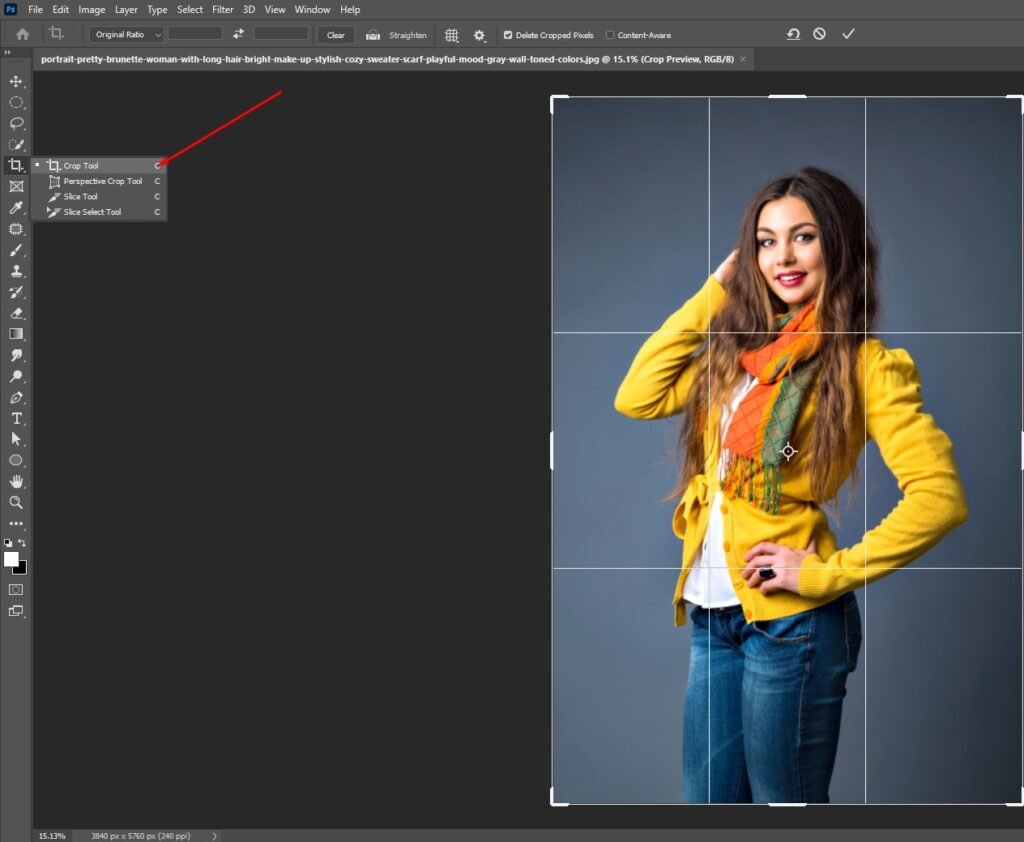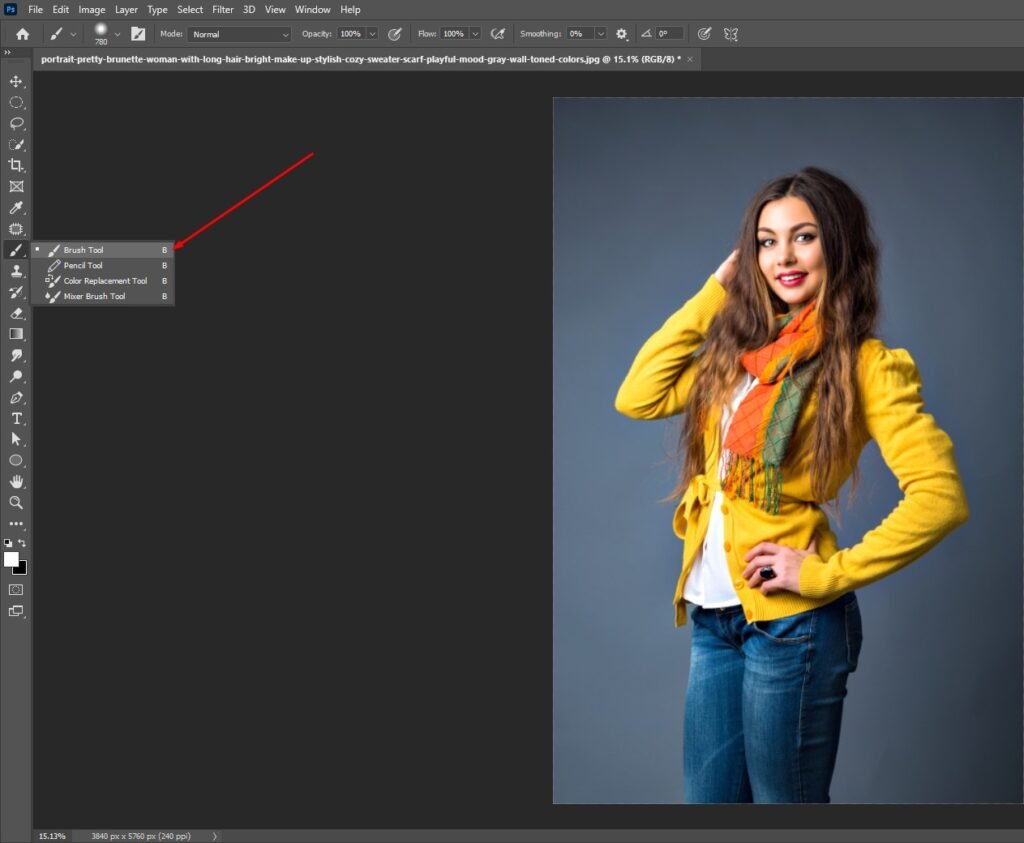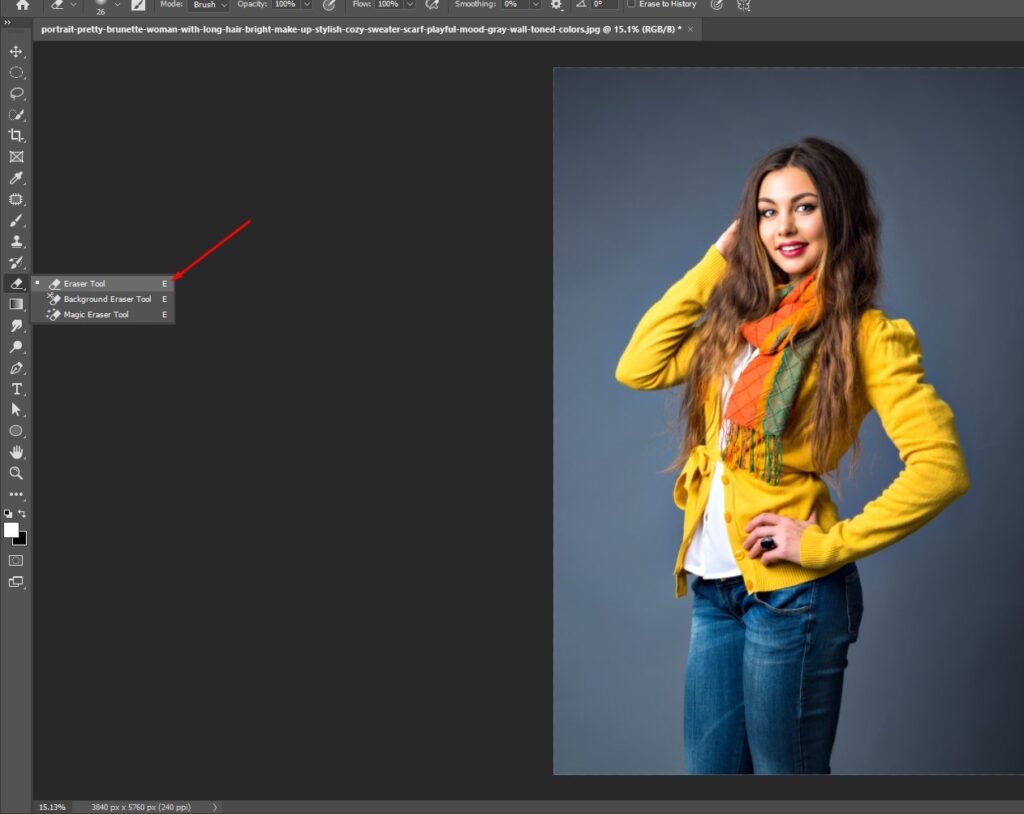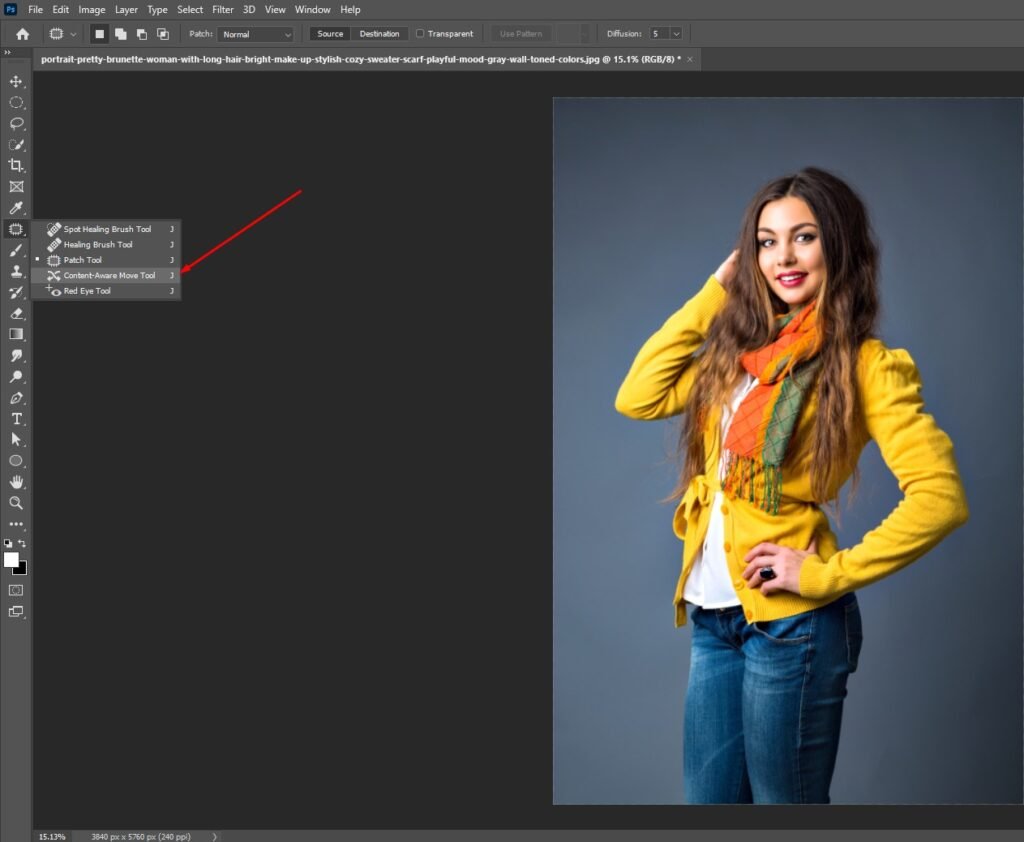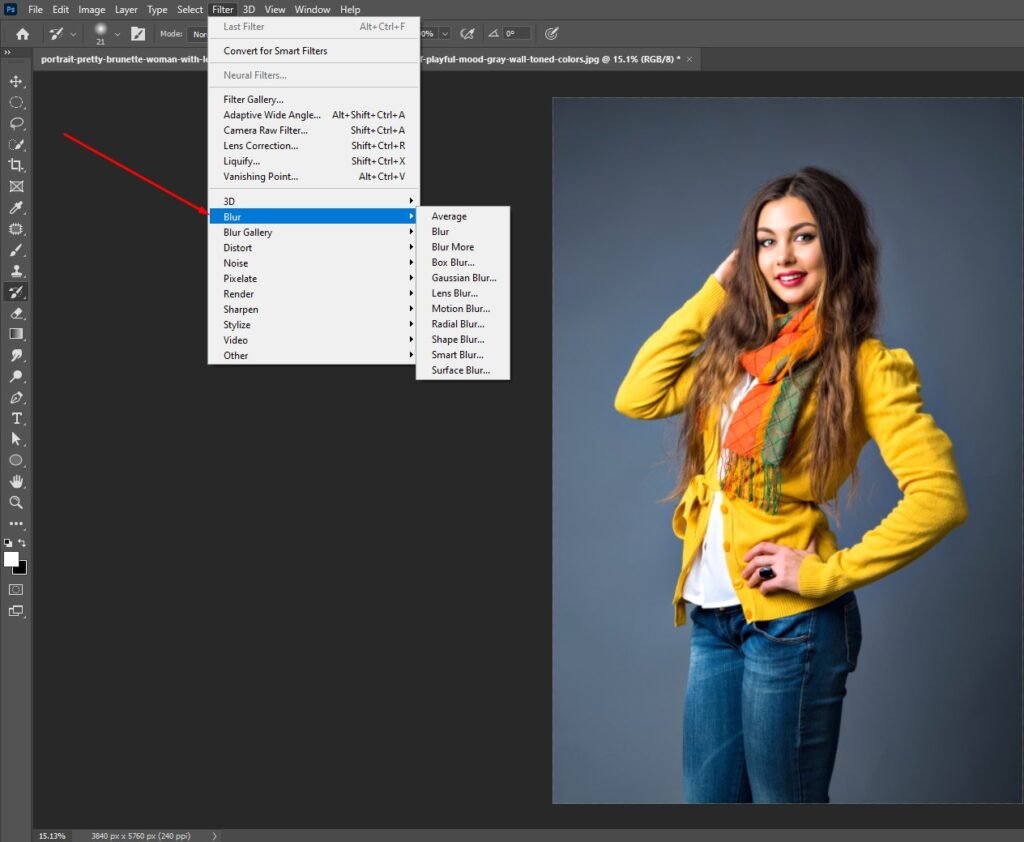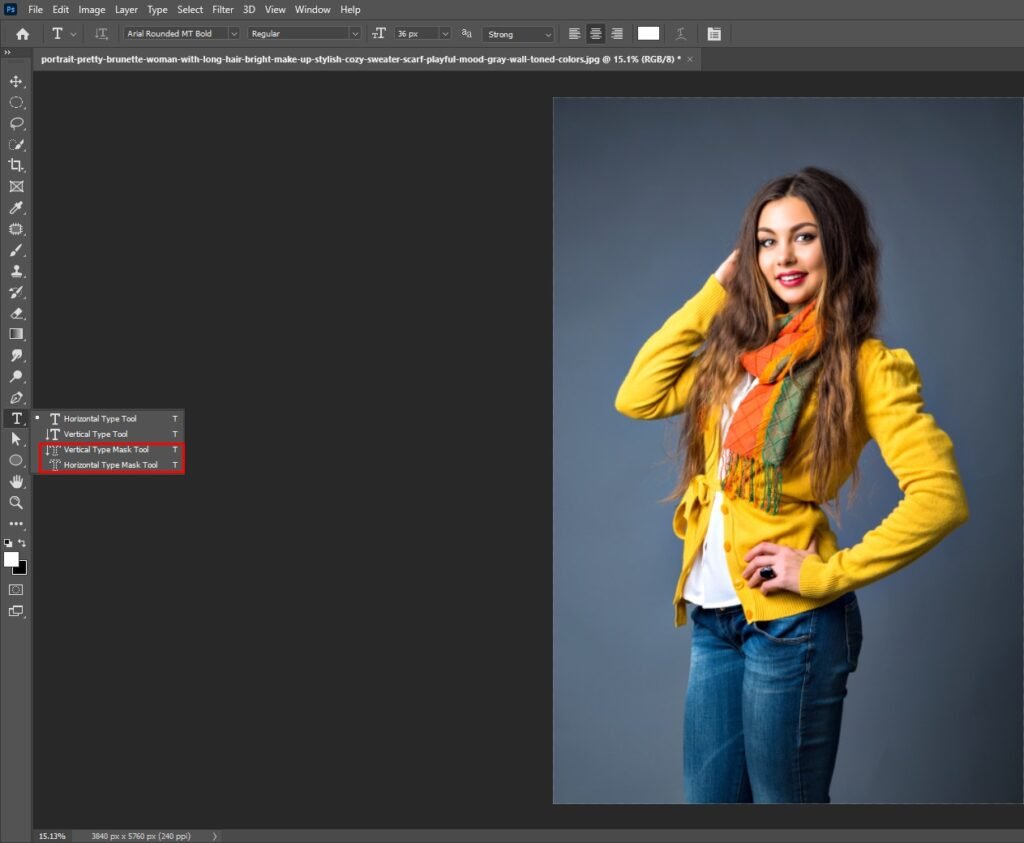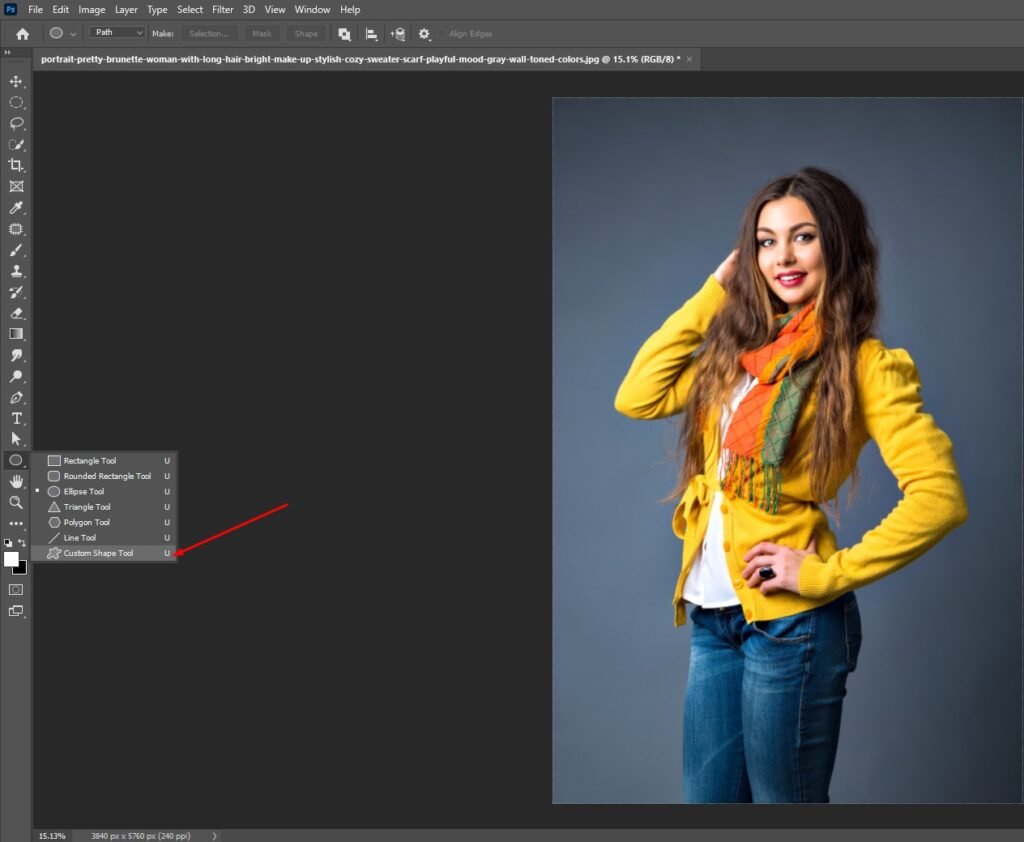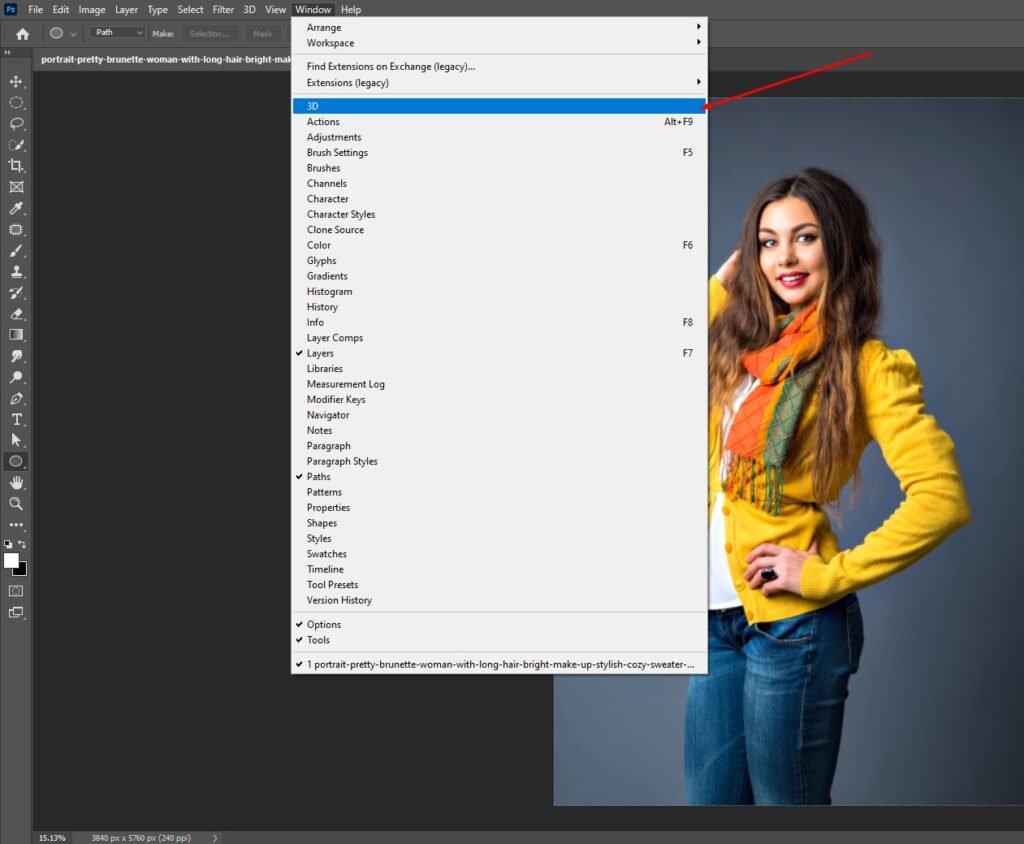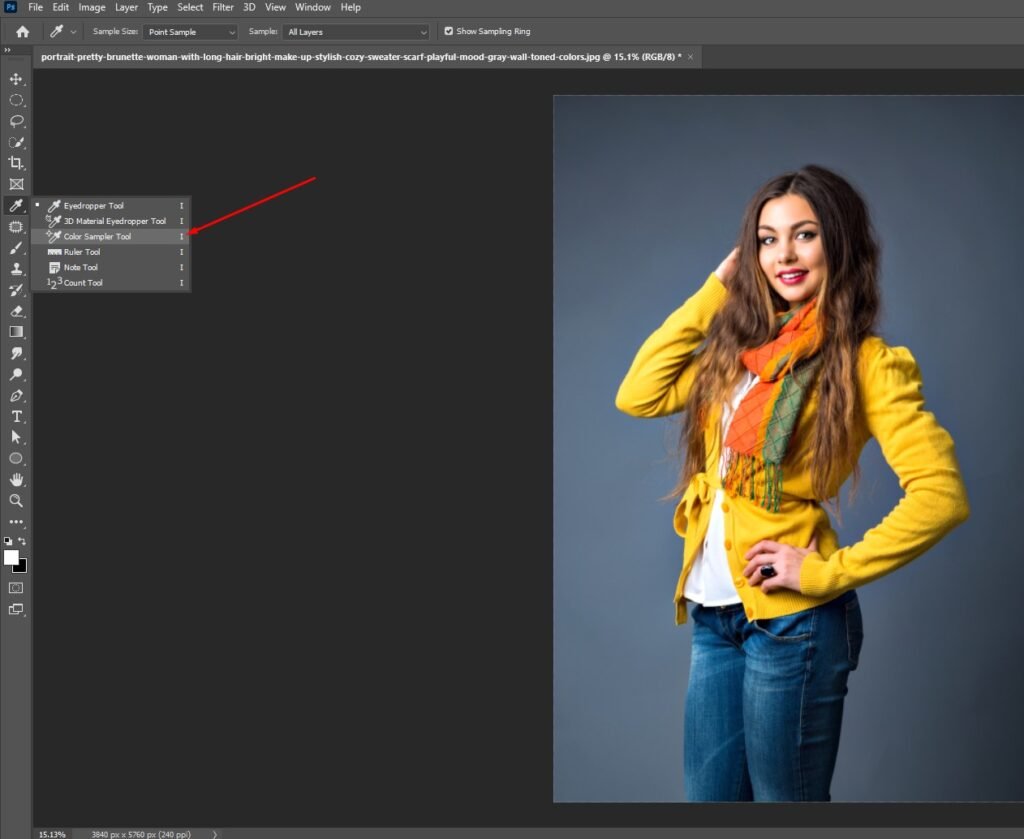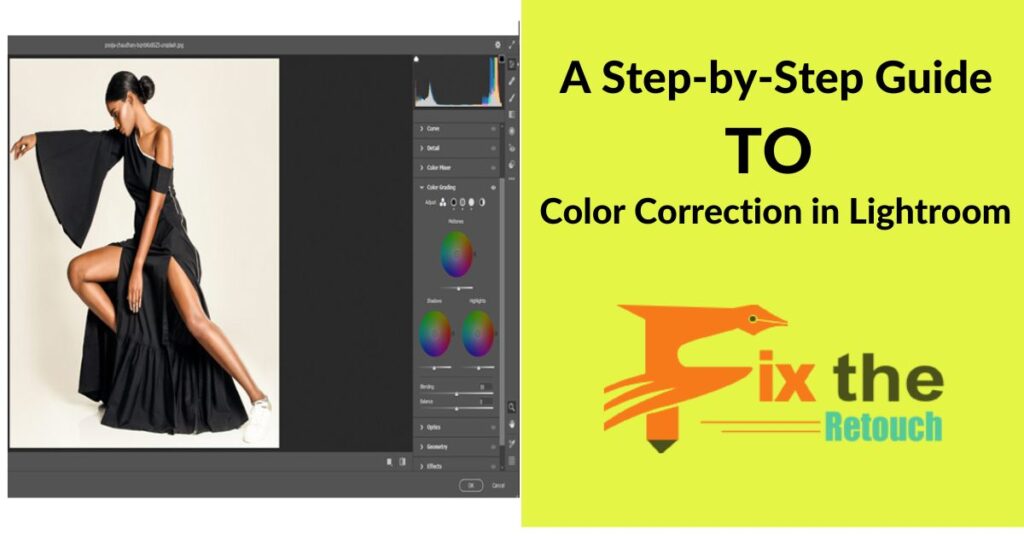Any type of photographer needs a good photo editing software to enhance the beauty of the raw photograph. There are lots of photo editing software out there available online to choose from. But the constant question every photographer ask is that what is the best photo editing software? Well to answer this question I have collected a list of few of the best photo editing software for you in this article. Here is another article how to make background transparent in Photoshop
With the tools present in this photo editing software you can easily remove background, do color correction, apply filters and many other photo editing stuffs. Not only photographers but a person of any profession can use these software to edit their photos and enhance them. So, go ahead and keep reading to see which photo editing software is best for you. If you read this article you will able Change the Background in Photoshop within 2 minutes. If you are not able to do it yourself Background removal company could be best choose for you.
Can photo editing software remove background?
Yes, the photo editing software I have provided in the list below can remove background of an image smoothly. You can use them easily as they are very much easier to use and hassle-free photo editing software. The set of tools these software have are just perfect to remove background from any sort of image with perfect accuracy.
Will I get Transparent background using this photo editing software?
Yes, you can create a transparent background using the photo editing software I have given in the lost below. They all have same sort of tools to remove the background of an image and make it transparent. You won’t need any extra experience to do it. Just go through the small tutorials and you’re good to go.
Is this photo editing software free?
All of the software except Adobe Photoshop is free. But Adobe is actually used by professionals that is why it isn’t free and you can subscribe to use it. It is not that much expensive though and anyone can afford it. It is actually one of the best photo editing software to remove background from images.
These following ones are the best photo editing software –
Photoshop
Without a doubt Photoshop is the best photo editing software for anyone. You can easily remove background with it. You can also improve the color and contrast of the photos. You can make digital art perfectly using Photoshop. You may have to become a subscriber and have to pay monthly to use its feature but it is all worth it.
Gimp
Another Great photo editing software is GIMP. It is also a software that lets you remove background and make it transparent. It is absolutely free and anyone can easily use it without experience. The quality of the final image is very good. If you are a product photographer and you want to remove background of the product photos then this tool is perfect for you.
Teorex PhotoScissors
PhotoScissors is an online photo editing software made for people who want to remove background from image without any kind of hassle. It is easy to use and anyone can use it. It is free of cost and you don’t need to pay anything to use the tool. Anyone with a little bit experience can use this tool to edit the images and make them more attractive than before.
Remove.bg
One of the most used online photo editing software to remove background is this tool. Remove.bg is one of the finest online tools to cut out the background of your images. With the set of tools, it offers clipping has become quite easy. You also get this online tool for free.
Clipping Magic
Clipping magic is actually a magical background removing tool. You can remove the background of any kind of image in seconds using this online photo editing software. All you need to do is to upload the image on the site and it will automatically remove the background of the image in less than a minute.
Fotor
Fotor is a all in one Photo editing software. You can do various types of photo editing using it. You can add filters, remove background, adjust colors, adjust light and many other stuffs. The quality of its tool is professional and the end image quality is exceptional. This tool is available free online.
Malabi
Malabi is a photo editing software mainly used to remove white background from an image. You can find it online and it is free of cost. All you have to do is to upload the image on the page of the site. It will automatically remove the background of the image with its AI tools. You can also use their touch up function to further edit the image.
Auto Clipping
Auto Clipping is both a free and paid photo editing software. You can use this tool to do bulk image background removal. Their free service doesn’t let you remove background of bulk images. You can only remove background of a single image that too it has to be less than 0.4 MP in size. But this software removes the background with proper accuracy.
Background Burner
It is also a free photo editing software to remove background of an image. It is free of cost and it also automatically removes the background of the image properly with complete accuracy. You can also use its touch up function to further edit the image.
Edit Photos for Free
Edit photos for free is a great photo editing software that can be used to remove background, create graphics and Make typography. It has a great interface and the AI it has inside it helps to properly remove the background of the image. It also is free of cost and anyone with or without experience can use this tool to edit their photos like a professional.
Best Background Removal Software Compared
Choose the right photo editing software can be confuse with so many options available. Some tools offer quick AI-powered background removal while others provide details manual editing for precision. Photoshop is the go-to choice for professionals but free tools like Remove.bg and GIMP also provide great results. Online tools such as Clipping Magic and PhotoScissors simplify the process without the need for downloads. Understanding the strengths of each software helps in select the best one for your needs. Whether you need bulk editing high-quality results or free alternatives, comparing these tools ensures you get the best background removal software.
How to Choose the Right Photo Editing Software
Select a photo editing software depends on your needs. If you require professional editing with multiple features Photoshop is a great option. If you want quick and automatic background removal tools like Remove.bg and PhotoScissors work well. GIMP is ideal for those look for a free alternative with manual control. The best choice depends on ease of use, accuracy and cost. Consider whether you need AI-powered automation or manual editing tools. Some software is browser-based while others require installation. By understanding your editing goals you can pick the right software for background removal and general image enhancement.
Simple Steps to Remove a Background from an Image
Removing a background can be easy with the right software. First upload your image to an editing tool like Photoshop, Remove.bg or PhotoScissors. If using AI-based tools the background is remove automatically. For manual editing, select the subject using a selection tool and delete the background. Fine-tune edges for a cleaner cutout. Most tools allow exporting the image with a transparent background in PNG format. If needed touch up with smoothing and color correction. Following these simple steps helps you achieve a clean and professional background removal without needing advanced skills or expensive software.
Which is Better Manual Editing or AI Tools
Both manual and AI-based background removal tools have advantages. AI-powered tools like Remove.bg are fast and require no experience make them perfect for quick edits. However they may struggle with complex backgrounds or detailed edges like hair and fur. Manual editing with software like Photoshop allows full control over the selection process ensuring high accuracy. While AI tools save time they might not always be precise. Manual editing is best for high-quality professional work. Choosing between AI and manual editing depends on the complexity of the image and how much time and effort you are willing to invest.
Test Background Removal on Complex Images
Background removal can be challenging when dealing with complex images like hair, fur or transparent objects. AI-based tools often struggle with these details producing rough edges or missing fine elements. Photoshop and GIMP offer tools like layer masks and refine edge features for better precision. When testing software use images with various background types to see how well they handle tricky areas. High-contrast images are easier to edit while low-contrast backgrounds may require manual touch-ups. Comparing results across different tools helps determine which one delivers the best quality for professional use.
Advantages and Disadvantages of Popular Editing Tools
Each photo editing software has strengths and weaknesses. Photoshop provides the highest level of control but requires a subscription and learning curve. Remove.bg and Clipping Magic offer quick AI-based background removal but may lack fine-tuning options. GIMP is free and powerful but requires manual effort for precise edits. Online tools are convenient but might not handle high-resolution images well. Free software often has limitations while paid tools offer advanced features.
Free and Paid Software for Background Removal
There are many free and paid options for removing backgrounds. Free tools like Remove.bg, PhotoScissors and Clipping Magic allow quick edits with AI-based automation. GIMP is a powerful free alternative with manual editing options. Photoshop, a paid tool, offers professional-grade editing with high precision. Some online tools provide free trials but require a subscription for full access. While free tools are great for basic use, paid options offer advanced features like batch processing, better edge detection, and higher resolution support. Choosing between free and paid software depends on your editing needs and the level of accuracy required.
Common Mistakes in Background Removal and How to Fix Them
Even with advanced tools, background removal can lead to mistakes. One common issue is rough or jagged edges which can be fixed using feathering or smoothing options. AI tools sometimes miss fine details like hair so manual touch-ups with an eraser tool may be needed. Low-resolution images can cause blurry cutouts so using high-quality photos is best. Another mistake is leaving unwanted shadows or reflections, which should be adjusted using brightness and contrast settings. Understanding these common errors and how to fix them ensures better results when removing backgrounds from images.
Conclusion
So if you want to remove background from an image, Enhance the colors and contrast of it or edit you images properly then the photo editing software I have given above in this article is what you really need. These software will help you take care of the post processing stuffs of the amazing photos you capture.
























